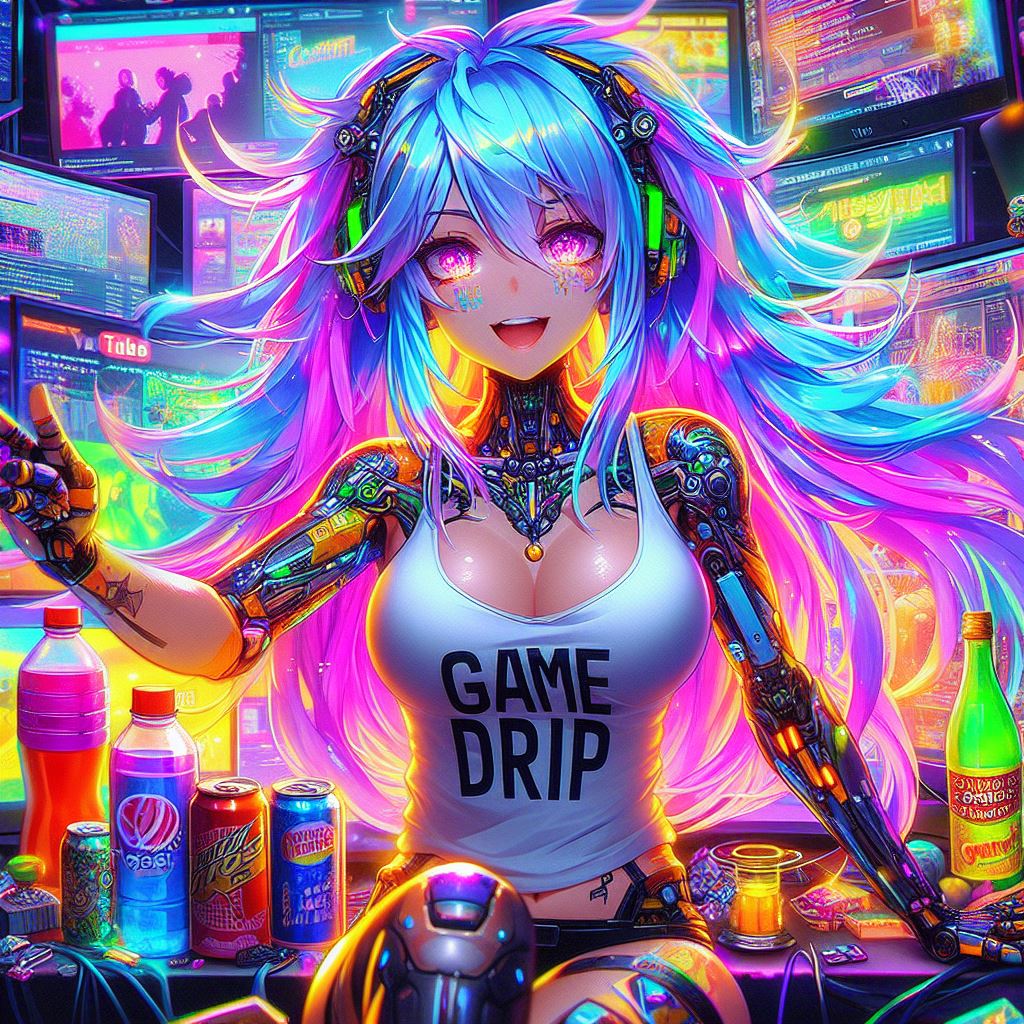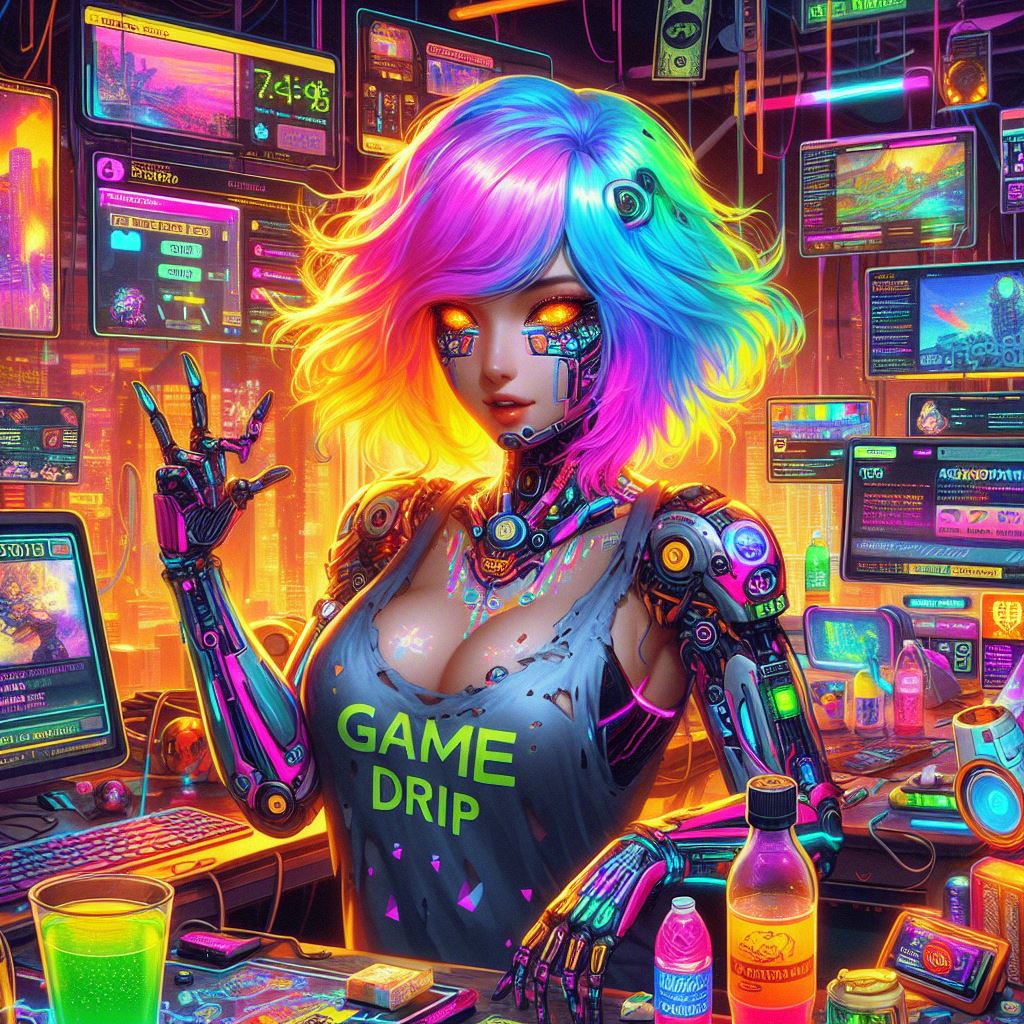As seen on New Minecraft Servers
#Puddle #Craft
☆ Welcome to Puddle Craft! This is a community based semi-vanilla Minecraft server (what a mouthful) geared towards long-term and large-scale survival builders of all kinds. Ideally, we would love to have a big map of bases/kingdoms, of course in any style or theme, all connected together. This could be through sea/river guides, railroads, footpaths, and any other creative forms of travel to get from point A to point B. Of course you can also take off and explore to do your own thing, but we encourage being apart of our vibrant community of crafters 🙂
☆ Essentially, this is a safe space for everyone looking for a faction of people to make friends and for those looking for a long term server where your builds and belongings will be kept safe, no matter how long of a break you take.

It is my mission as the owner to make sure no one will ever have to go through the heartbreak of losing timeless builds through resetting or closing down a server ever again. Even in the future if we ever have to close down Puddlecraft, for whatever reason, both the world seed and a world download will be provided. But that won’t be happening anytime soon.
☆ This server involves a very simple and quick whitelisting process, please join the discord to view the rules and get started! https://discord.gg/YVR4QyKJTc
☆ 𝙎𝙚𝙧𝙫𝙚𝙧 𝙬𝙖𝙨 𝙘𝙧𝙚𝙖𝙩𝙚𝙙 𝙤𝙣 6/5/23
𓆝 𓆟 𓆞 𓆝 𓆟 𓆝 𓆟 𓆞 𓆝 𓆟 𓆝
☆ We have a variety of features and plugins to make things more interesting, such as: ☆

– Time-Based Roles: no pay-to-win required! We have a bit of a ocean/Ponyo theme going on here as a overall aesthetic, so the longer you stay, the deeper your sea creature originates from! Going all the way from Sunlight to the Hadalpelagic trenches, so mark your calendars!
– Dynmap: A Google Maps-like map for the server that can be viewed in a browser via link found in the Discord
– Armor stand editor: Edit custom armor stands to take your builds to the next level
– Invis itemframes
– /Hats: put a variety of blocks or items on your head with the command /hat !

– /nick colors: customize your username’s colors in chat to help stand out!
– Farm protect: makes it so you can run and jump on crops without them breaking. Now you can have the dramatic scene of you running through a wheat field as the sun sets you always dreamed of.
– Armored Elytras: Tired of constantly having to switch between your chestplate and elytra? Now you can combine the two! (Warning: it *is* permanent!)
– 24/7 Uptime! The server will have a very quick restart every night at 3:00 AM (EDT) to make backups in order to keep our server healthy!
– One player sleep
– /sit plugin that lets you sit anywhere you want or right clicking on slabs or stairs to sit on them
– Dragon egg respawn: No more fighting over who gets the first dragon egg, everytime you respawn and kill the dragon it’ll drop a new one!
– player and mob head drops
– proximity chat using simple voice chat
– AMB: can buy minis of all blocks through wandering traders
– husks drop sand
– Minecart Speed Plus
– Universal Dyeing – allows you to re-dye the color of any dyeable blocks after being dyed
– Custom nether portals – allows you to make a nether portal in any custom shape
More plugins can/will be added over time and suggestions are always encouraged!
☆ Just be mindful that while we do have quite the number of plugins, all of them are small additions to the game that should just be implemented into base game but aren’t. I prefer to not have plugins that make things as easy as possible, and would like to keep it as vanilla (but better) to encourage creativity and community efforts.
You can see all the other details about the server in the Server Info channel once you’re whitelisted in the discord !
☆ This is my first time ever hosting/managing a Minecraft server on my own, so constructive input or suggestions from the community on how to make our server a better place is always welcome.
𓆝 𓆟 𓆞 𓆝 𓆟 𓆝 𓆟 𓆞 𓆝 𓆟 𓆝 𓆟 𓆞
☆ I’m not great at ADs but uh, yeah !! To sum it up, we have a really great and welcoming community, so if you’re interested, feel free to click the link above to join our discord. 🙂








![How about: "SaltyRob’s Battle Realm [Mod] {1.7.10}"?](https://game-drip.com/wp-content/uploads/2024/04/gamedrip-news-latest-2303.jpg)












